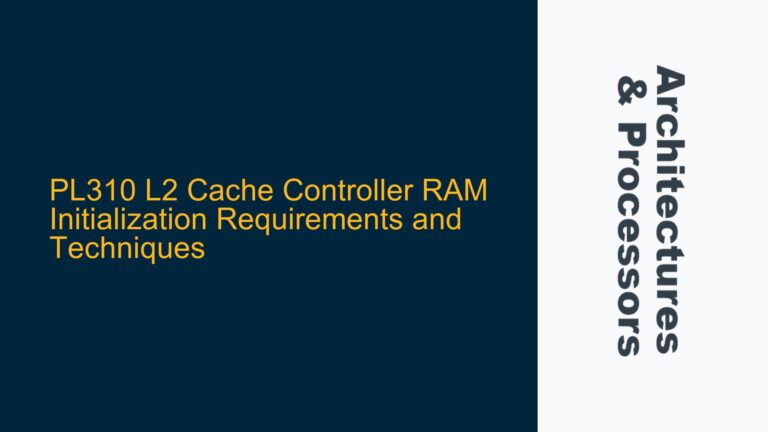SAMD21 ADC Sampling Characteristics and Power Consumption Challenges
The SAMD21 microcontroller, based on the ARM Cortex-M0 core, integrates a high-resolution Analog-to-Digital Converter (ADC) that is critical for precision voltage monitoring in low-power applications. The ADC’s performance is influenced by several key parameters, including the sampling capacitor value, sampling aperture duration, and power consumption during sampling. These parameters are essential for designing an efficient voltage divider network that minimizes power consumption while ensuring accurate voltage measurements.
The sampling capacitor, typically in the range of picofarads, is integral to the ADC’s sample-and-hold circuitry. Its value directly impacts the charging time required to achieve a stable voltage level for accurate conversion. The sampling aperture, or the time window during which the ADC captures the input voltage, must be sufficiently long to allow the sampling capacitor to charge to the desired voltage level. However, extending the sampling aperture increases power consumption, which is a critical concern in battery-powered devices.
The SAMD21 datasheet provides detailed electrical characteristics of the ADC, including the minimum, typical, and maximum power required for a valid sample. The ADC itself consumes approximately 100nA, but the overall power consumption is dominated by the external voltage divider network. A poorly designed voltage divider can draw excessive current, as seen in the initial circuit that consumed 20mA. The goal is to reduce this current to single-digit microamperes or even nanoamperes, which requires careful consideration of the RC time constant and the sampling aperture duration.
Voltage Divider Design and Sampling Aperture Optimization
The primary challenge in designing an ultra-low-power voltage divider for the SAMD21 ADC lies in balancing the RC time constant with the sampling aperture duration. The RC time constant, determined by the resistance and capacitance of the voltage divider network, dictates how quickly the sampling capacitor charges to the input voltage. To minimize power consumption, the resistance values in the voltage divider must be as high as possible, but this increases the RC time constant, potentially exceeding the sampling aperture duration and leading to inaccurate readings.
One approach to address this issue is to adjust the sampling aperture duration by configuring the ADC’s SAMPCTRL register. This register allows the user to control the sampling time, enabling longer apertures for high-resistance voltage dividers. However, extending the sampling aperture increases the ADC’s active time, which can negate the power savings achieved by reducing the voltage divider’s current draw. Therefore, a trade-off must be made between the sampling aperture duration and the voltage divider’s resistance values.
Another solution is to use a MOSFET to switch the voltage divider on only during the sampling period. This approach effectively eliminates the voltage divider’s current draw when the ADC is not active, achieving nearly zero standby current. However, the MOSFET introduces a voltage drop that must be calibrated to ensure accurate voltage measurements. Additionally, the MOSFET’s switching speed must be compatible with the sampling aperture duration to avoid introducing errors during the sampling process.
Implementing Low-Power Voltage Monitoring with SAMD21 ADC
To implement a low-power voltage monitoring solution using the SAMD21 ADC, follow these steps:
-
Determine the Sampling Capacitor Value and Charging Time: Refer to the SAMD21 datasheet to identify the sampling capacitor value and calculate the required charging time based on the desired voltage divider resistance. Ensure that the RC time constant is less than 80% of the sampling aperture duration to allow sufficient charging time.
-
Configure the SAMPCTRL Register: Use the SAMPCTRL register to adjust the sampling aperture duration. Set the register value to accommodate the RC time constant of the voltage divider while minimizing the ADC’s active time. This step requires careful calibration to balance accuracy and power consumption.
-
Design the Voltage Divider Network: Select resistor values that minimize current draw while ensuring the RC time constant is compatible with the sampling aperture duration. Consider using high-value resistors in the megaohm range to achieve single-digit microampere or nanoampere current levels.
-
Incorporate a MOSFET for Power Savings: Integrate a MOSFET into the voltage divider network to switch the divider on only during the sampling period. Calibrate the MOSFET’s voltage drop to ensure accurate voltage measurements. Ensure the MOSFET’s switching speed is compatible with the sampling aperture duration.
-
Validate the Circuit with Real-World Testing: Test the circuit under various load conditions to verify its accuracy and power consumption. Adjust the resistor values and sampling aperture duration as needed to optimize performance.
By following these steps, you can design an ultra-low-power voltage monitoring solution using the SAMD21 ADC that meets the stringent power requirements of battery-powered devices. The key to success lies in carefully balancing the RC time constant, sampling aperture duration, and power consumption to achieve accurate and efficient voltage measurements.
| Parameter | Description | Typical Value/Consideration |
|---|---|---|
| Sampling Capacitor Value | Integral to ADC’s sample-and-hold circuitry | Typically in picofarads (pF) |
| Sampling Aperture Duration | Time window for capturing input voltage | Configurable via SAMPCTRL register; must be >80% of RC time constant |
| ADC Power Consumption | Power required for a valid sample | ~100nA; dominated by voltage divider network |
| Voltage Divider Resistance | Determines RC time constant and current draw | High-value resistors (megaohms) for single-digit µA or nA |
| MOSFET Voltage Drop | Introduced when using MOSFET to switch voltage divider | Must be calibrated for accurate measurements |
| Switching Speed | MOSFET’s response time relative to sampling aperture | Must be compatible with sampling aperture to avoid errors |
This guide provides a comprehensive approach to optimizing the SAMD21 ADC for ultra-low-power voltage monitoring, addressing the key challenges and offering practical solutions for achieving accurate and efficient measurements in battery-powered applications.






